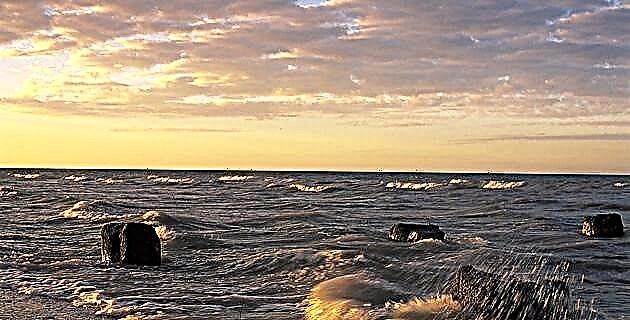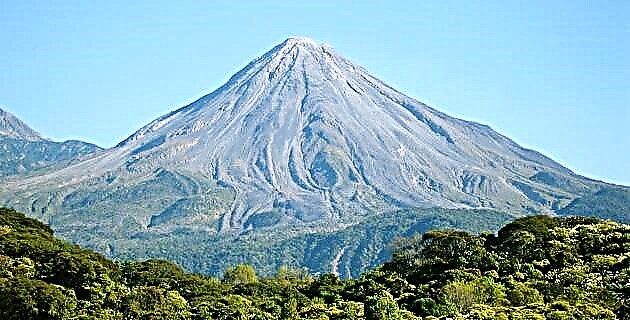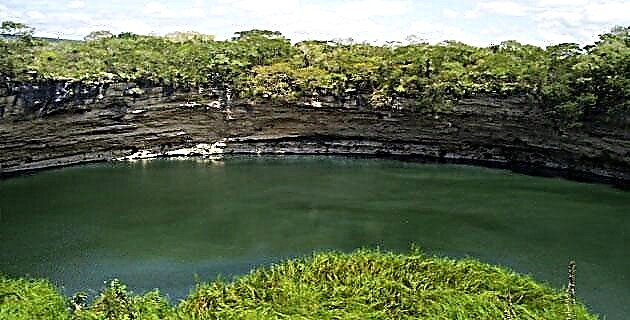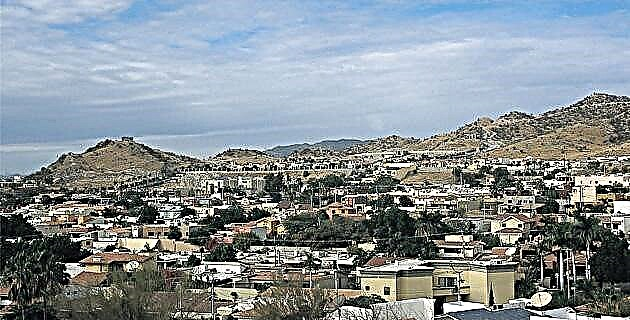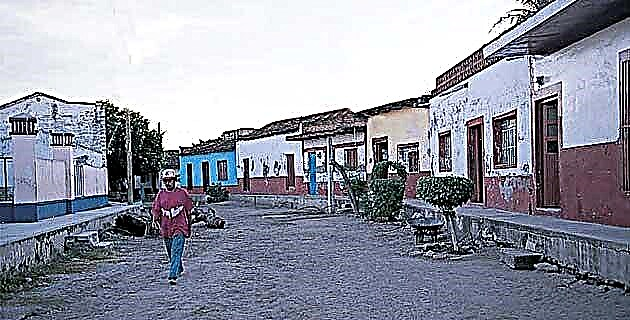
In harmony with nature, without cars or progress but with happy people, Mexcaltitlán is an island where it seems that time has stopped.
In harmony with nature, without cars or progress but with happy people, Mexcaltitlán is an island where it seems that time has stopped.
The abundance of herons, seagulls and eagles is striking, as well as the respect that the islanders give them, who mainly live from shrimp fishing. The rich variety of fauna in the lagoon is partly due to the fact that the salty water of the sea and the fresh water of the river are combined there, and also because no major works or roads have been built within 10 km of the island. It is incredible that this region has not been declared a National Park or Protected Natural Area. However, the island was declared a Zone of Historical Monuments in 1986, due to the peculiar layout of its alleys, the typical characteristics of its buildings and the centennial roots of its inhabitants.
In the rainy season, the small island of just 400 m long and 350 m wide "sinks", as the locals say, due to the greater flow of the San Pedro River. The streets become canals and canoes can navigate them. That is why the sidewalks are high, to prevent water from entering the houses. Around the public square, located in the center of the island, there is a beautiful church and some portals, of the municipal delegation, which serve as access to the small museum "El Origen", inside which there is a room of local archeology and another where objects from different Mesoamerican cultures are exhibited, especially the Mexica.
Life passes between the lagoon, five alleys and the square. The doors of the houses remain open and on their porches the old men talk, who sit to watch the afternoon go by, in contrast to the noise caused by the prolific chiquillería. Everyone looks happy and carefree, perhaps because they live well from fishing or because of the tropical climate, because of the blue sky and the river, sea and lagoon water. Or perhaps because of its meal of shaken white fish and large shrimp, or because stews are still prepared with pre-Hispanic recipes, such as taxtihilli, a dish based on shrimp in broth with corn dough and spices.
The typical handicraft pieces made with marine elements stand out, among which the “barcinas” stand out, which are containers of dried shrimp made of woven blanket cloth sewn with yarn.
The town festival, one of the island's biggest attractions, is on June 29, when San Pedro and San Pablo are celebrated and prayed for abundant shrimp fishing. On those days, a canoe race is held between two teams of fishermen representing each of their patrons, who also participate, according to tradition, previously dressed by the local families. San Pedro always wins, since they say that when San Pablo won the fishing was terrible.
The island was an important settlement of Chinese immigrants, who gave a great economic boom to the population and the region with the trade of different articles, such as porcelain, ivory, fabrics and products derived from fishing. Currently on the island live several descendants of those families who came from Carbón, China.
There is a belief that this island corresponds to the mythical Aztlán, the place from which the Mexica or Aztecs left to later settle in central Mexico and found the city of Tenochtitlan. The idea starts, among other aspects, from the supposed common root of the names of the island of Mexcaltitlán and the Mexica people. Some authors maintain that both names are derived from the word Metztli, goddess of the moon among the Nahuatl-speaking peoples. Thus, Mexcaltitán means "in the house of the moon", due to the round shape of the island, similar to the aspect of the moon.
Other authors say that Mexcaltitán means “house of the Mexica or Mexicans”, and they highlight the coincidence that, like Mexcaltitán, Mexico City-Tenochtitlan, was founded on an islet in the middle of a lake, perhaps out of nostalgia for that one. .
According to other sources, the word Aztlán means "place of herons", which would support the theory of the origin of the Mexica in Mexcaltitán, where these birds abound. According to other specialists, the "place of the seven caves" was located here, of which there are a large number in Nayarit territory, although far from Mexcaltitán.
Although for all of the above the site has been promoted as the "cradle of Mexicanness", historians and archaeologists consider these versions still lacking in scientific elements to place here the starting point of the founders of Tenochtitlan. However, investigations continue and there are traces that the island was populated by advanced peoples since ancient times.
Perhaps Mexcaltitlán is not the cradle of the Mexica, because if they had ever lived here it is unlikely that they would find a good reason to emigrate from this paradisiacal place.
IF YOU GO TO MEXCALTITLÁN
Mexcaltitlán is approximately two hours from Tepic, from where federal highway No. 15 leaves to the northwest, heading for Acaponeta, which in fact in this section is a toll highway. After 55 km take the deviation to the left towards Santiago Ixcuintla, and from here the road to Mexcaltitlán, which, after about 30 km, leads to the La Batanga pier, where a boat is boarded to the island, on a route approximately 15 minutes through canals bordered by lush vegetation.


